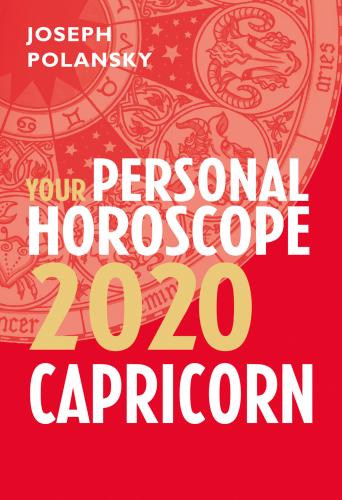8th House
Transformation and Regeneration
9th House
Religion, Foreign Travel, Higher Education and Philosophy
10th House
Career
11th House
Friends, Group Activities and Fondest Wishes
12th House
Spirituality
Karma
Karma is the law of cause and effect which governs all phenomena. We are all where we find ourselves because of karma – because of actions we have performed in the past. The universe is such a balanced instrument that any act immediately sets corrective forces into motion – karma.
Long-term Planets
The planets that take a long time to move through a sign show the long-term trends in a given area of life. They are important for forecasting the prolonged view of things. Because these planets stay in one sign for so long, there are periods in the year when the faster-moving (short-term) planets will join them, further activating and enhancing the importance of a given house.
Jupiter
stays in a sign for about 1 year
Saturn
2½ years
Uranus
7 years
Neptune
14 years
Pluto
15 to 30 years
Lunar
Relating to the Moon. See also ‘Phases of the Moon’ here.
Natal
Literally means ‘birth’. In astrology this term is used to distinguish between planetary positions that occurred at the time of a person’s birth (natal) and those that are current (transiting). For example, Natal Sun refers to where the Sun was when you were born; transiting Sun refers to where the Sun’s position is currently at any given moment – which usually doesn’t coincide with your birth, or Natal, Sun.
Out of Bounds
The planets move through the zodiac at various angles relative to the celestial equator (if you were to draw an imaginary extension of the Earth’s equator out into the universe, you would have an illustration of this celestial equator). The Sun – being the most dominant and powerful influence in the Solar system – is the measure astrologers use as a standard. The Sun never goes more than approximately 23 degrees north or south of the celestial equator. At the winter solstice the Sun reaches its maximum southern angle of orbit (declination); at the summer solstice it reaches its maximum northern angle. Any time a planet exceeds this Solar boundary – and occasionally planets do – it is said to be ‘out of bounds’. This means that the planet exceeds or trespasses into strange territory – beyond the limits allowed by the Sun, the ruler of the Solar system. The planet in this condition becomes more emphasized and exceeds its authority, becoming an important influence in the forecast.
Phases of the Moon
After the full Moon, the Moon seems to shrink in size (as perceived from the Earth), gradually growing smaller until it is virtually invisible to the naked eye – at the time of the next new Moon. This is called the waning Moon phase, or the waning Moon.
After the new Moon, the Moon gradually gets bigger in size (as perceived from the Earth) until it reaches its maximum size at the time of the full Moon. This period is called the waxing Moon phase, or waxing Moon.
Retrogrades
The planets move around the Sun at different speeds. Mercury and Venus move much faster than the Earth, while Mars, Jupiter, Saturn, Uranus, Neptune and Pluto move more slowly. Thus there are times when, relative to the Earth, the planets appear to be going backwards. In reality they are always going forward, but relative to our vantage point on Earth they seem to go backwards through the zodiac for a period of time. This is called ‘retrograde’ motion and tends to weaken the normal influence of a given planet.
Short-term Planets
The fast-moving planets move so quickly through a sign that their effects are generally of a short-term nature. They reflect the immediate, day-to-day trends in a horoscope.
Moon
stays in a sign for only 2½ days
Mercury
20 to 30 days
Sun
30 days
Venus
approximately 1 month
Mars
approximately 2 months
T-square
A T-square differs from a Grand Square (see here) in that it is not a complete square. If you look at the pattern in a chart it appears as ‘half a complete square’, resembling the T-square tools used by architects and designers. If you cut a complete square in half, diagonally, you have a T-square. Many astrologers consider this more stressful than a Grand Square, as it creates tension that is difficult to resolve. T-squares bring learning experiences.
Transits
This term refers to the movements or motions of the planets at any given time. Astrologers use the word ‘transit’ to make the distinction between a birth, or Natal, planet (see ‘Natal’ here
Конец ознакомительного фрагмента.
Текст предоставлен ООО «ЛитРес».
Прочитайте эту книгу целиком, купив полную легальную версию на ЛитРес.
Безопасно оплатить книгу можно банковской картой Visa, MasterCard, Maestro, со счета мобильного телефона, с платежного терминала, в салоне МТС или Связной, через PayPal, WebMoney, Яндекс.Деньги, QIWI Кошелек, бонусными картами или другим удобным Вам способом.
